Power Stations Using Wind Energy: Harnessing the Wind for a Sustainable Future
Wind energy is one of the fastest-growing sources of renewable energy worldwide. Power stations using wind energy, also known as wind farms, harness the kinetic energy of wind to generate electricity, offering a clean and sustainable alternative to fossil fuels. This article delves into the components, benefits, challenges, and examples of successful wind power stations.
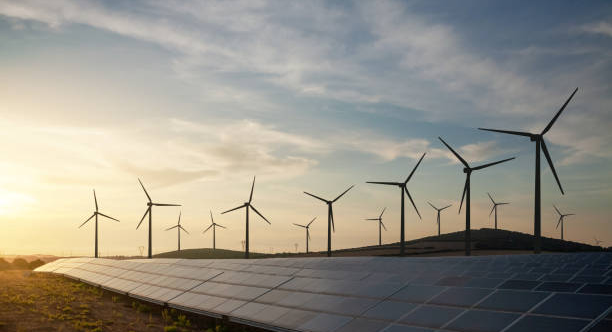
Components of a Wind Power Station
A wind power station consists of several key components that work together to convert wind energy into electrical power:
Wind Turbines
Wind turbines are the most visible components of a wind power station. They consist of blades, a rotor, and a nacelle, which houses the generator and other mechanical parts. The blades capture wind energy, causing the rotor to spin and drive the generator, producing electricity.
Towers
Towers support the turbines at a height that allows them to capture stronger and more consistent winds. Taller towers can access higher wind speeds, increasing the efficiency and power output of the turbines.
Electrical Systems
The electrical systems include transformers, substations, and transmission lines. They convert the electricity generated by the turbines to the appropriate voltage levels and transport it to the grid for distribution.
Control Systems
Control systems monitor and manage the operation of the wind turbines and other components. They optimize performance, ensure safety, and provide data for maintenance and analysis.
Benefits of Wind Power Stations
Power stations using wind energy offer numerous environmental, economic, and social benefits:
Renewable Energy Source
Wind energy is a renewable resource, meaning it will not deplete over time. Utilizing wind power reduces dependence on finite fossil fuels and contributes to energy security.
Reduced Carbon Emissions
Wind power generation produces no greenhouse gas emissions, significantly reducing the carbon footprint compared to fossil fuel-based power generation. This helps combat climate change and improve air quality.
Economic Growth and Job Creation
The development and operation of power stations using wind energy create jobs in manufacturing, construction, maintenance, and research. Wind energy projects also stimulate local economies through investment and infrastructure development.
Energy Independence
Harnessing local wind resources reduces reliance on imported energy, enhancing national energy independence and security.
Cost-Effective
Technological advancements and economies of scale have made wind power increasingly cost-competitive with traditional energy sources. Once installed, wind turbines have low operating costs, contributing to stable and affordable energy prices.
Challenges of Wind Power Stations
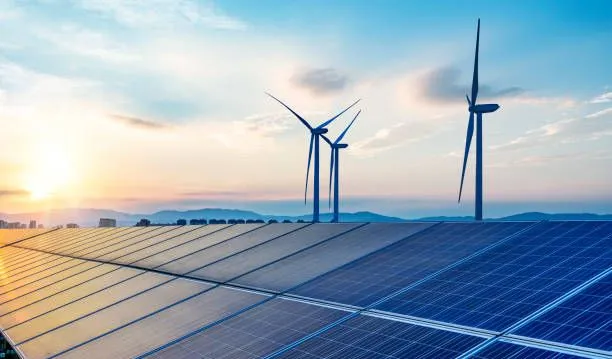
Despite the advantages, power stations using wind energy face several challenges:
Intermittency and Reliability
Wind is an intermittent energy source, meaning it does not blow consistently. This variability can lead to fluctuations in power generation, requiring backup power sources or energy storage solutions to ensure a reliable electricity supply.
Land Use and Environmental Impact
Wind power stations require significant land areas, which can lead to land use conflicts. Additionally, turbines can impact wildlife, particularly birds and bats. Careful site selection and environmental assessments are crucial to mitigate these impacts.
Visual and Noise Impact
The presence of large wind turbines can alter the visual landscape and produce noise, which may be a concern for nearby communities. Addressing these issues through proper planning and community engagement is essential.
Initial Costs and Financing
The upfront costs of wind power projects can be high, including expenses for land acquisition, equipment, and installation. Securing financing and government incentives are critical for project feasibility.
Successful Examples of Wind Power Stations
Gansu Wind Farm, China
The Gansu Wind Farm in China is one of the world’s largest wind power projects, with a planned capacity of 20,000 MW. It demonstrates China’s commitment to renewable energy and has significantly contributed to reducing carbon emissions.
Hornsea One, United Kingdom
Hornsea One is the largest offshore wind farm in the world, located off the coast of Yorkshire, UK. With a capacity of 1,218 MW, it generates enough electricity to power over a million homes, showcasing the potential of offshore wind energy.
Alta Wind Energy Center, United States
The Alta Wind Energy Center in California is one of the largest onshore wind farms in the United States, with a capacity of over 1,500 MW. It highlights the role of wind power in the US renewable energy portfolio.
Conclusion
Power stations using wind energy are a vital component of the global shift towards sustainable energy. They offer numerous benefits, including renewable energy generation, reduced carbon emissions, economic growth, and energy independence. While challenges such as intermittency, environmental impact, and initial costs exist, technological advancements and strategic planning can address these issues. Successful wind power projects worldwide demonstrate the viability and potential of wind energy to contribute to a sustainable future. As the technology continues to evolve, wind power stations will play an increasingly important role in meeting the world’s energy needs.
Contact us
- Email:[email protected]
- Tel: +86 13651638099
- Address: 333 Fengcun Road, Fengxian District, Shanghai
Get A Quote Now!

Read more
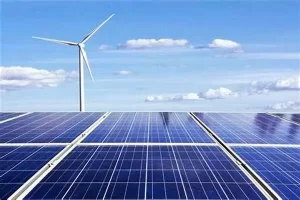
Unveiling Photovoltaic+Energy Storage: Four Major Application Scenarios Leading the Future of Energy
In this way, the energy landscape is evolving, and one of the most thrilling developments in renewables is the integration of photovoltaics energy storage.
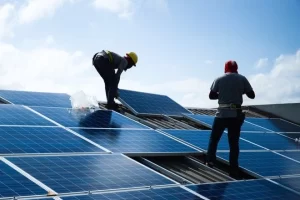
From Theory to Practice: Four Methods for Estimating Photovoltaic Power Generation
Photovoltaic power generation has become an essential part of modern energy solutions, particularly in home solar systems and distributed power applications

Rack-Mounted Lithium Iron Batteries: Creating Efficient and Reliable Energy Storage Solutions
When it comes to modern energy solutions, rack-mounted lithium iron batteries are taking center stage in a variety of industries. Whether you’re powering data centers, stabilizing energy for households, or keeping critical systems online at 5G base stations, these batteries have become the unsung heroes of our electrified world.
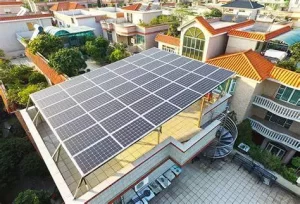
Late Night Energy Saving Tips: How to Maximize Electricity Savings During Off-Peak Hours
With rising energy costs, homeowners are increasingly exploring innovative ways to save on their electricity bills. One effective approach is utilizing off-peak hours—times when electricity rates are significantly lower due to reduced demand.
